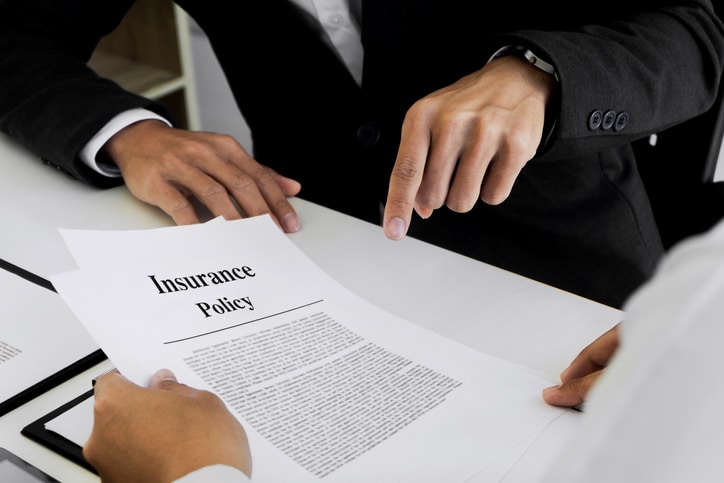
In a personal injury case, most people are familiar with economic damages. Its the bills and expenses you had to pay as a result of your particular incident. For example, in a car crash, you might have medical bills or the money needed to repair your car. Economic damages are typically easy to define and have a simple price tag associated with them. However, non-economic damages are a little different. The most common non-economic damages claimed is what is “pain and suffering.”
What Is Pain and Suffering?
In Texas, pain and suffering is often defined as physical pain or emotional trauma that incurred as a result of a crash or incident that caused you damages. Pain and suffering specifically define both physical and mental diagnoses. While you would expect the medical bills associated with something like a broken arm would be paid for, you also deserve to be compensated for the physical pain you endured from the broken arm.
The same rules apply to mental conditions. If you were diagnosed with PTSD after a serious car crash, or your injuries had lead to a loss of quality in life, you deserve to be compensated for that as well.
How Do You Calculate Pain and Suffering?
Unlike medical bills or car repair estimates, there’s no fixed formula for calculating pain and suffering. These damages are subjective and depend on the specific facts of your case.
Courts or insurance companies may consider:
-
The severity of your injury
-
How long your recovery lasted
-
Whether your injury resulted in long-term disability or scarring
-
The impact on your day-to-day life, work, and relationships
-
Mental health diagnoses such as PTSD or depression
In some cases, judges or insurers may use a multiplier method, where your economic damages are multiplied by a number (typically between 1.5 and 5) based on the severity of your pain and suffering. But again, every case is different.
Why You Need an Attorney to Prove Pain and Suffering
Because pain and suffering are subjective, proving them takes skill. An experienced Texas personal injury lawyer will know how to document your injuries, determine the damages owed to you, present compelling evidence, and calculate a fair amount of compensation.
At The Law Giant, we’ve handled countless cases like yours. We understand what to look for and how to tell your story in a way that insurance companies and juries respect.
You shouldn’t have to suffer twice—once from the accident and again from being undervalued.
In a Serious Car Crash? Contact The Law Giant for Help
Any car crash can leave you feeling overwhelmed and unsure of what to do next. After receiving medical attention, contact The Law Giant, Personal Injury & Accident Lawyers right away. We can handle the legalities of your case while you focus on recovering. With our skilled legal representation by your side, you may be able to secure full and fair compensation for your damages.
Call us today at (866) 523-4167 or fill out our online contact form to schedule a free case evaluation.
